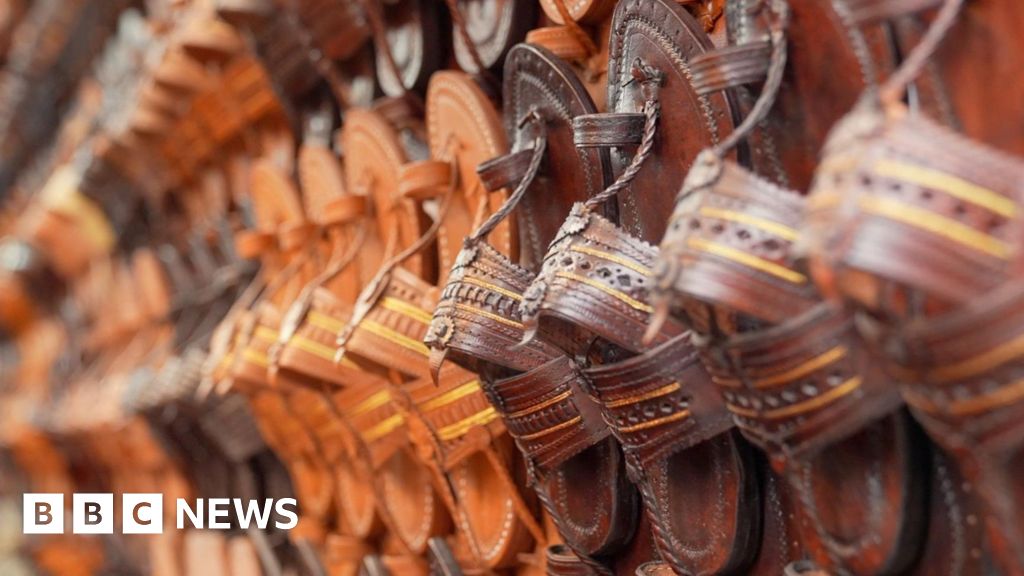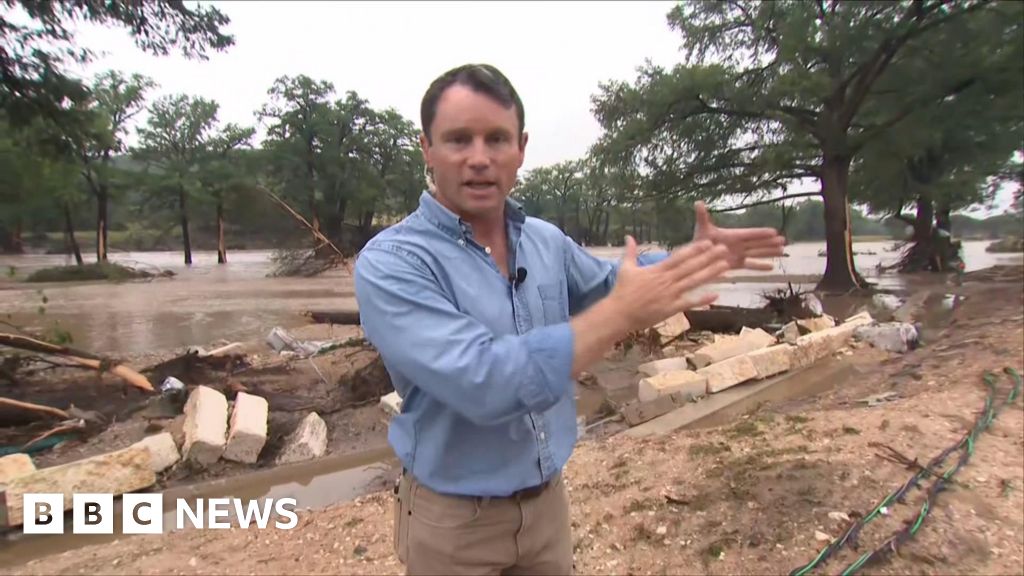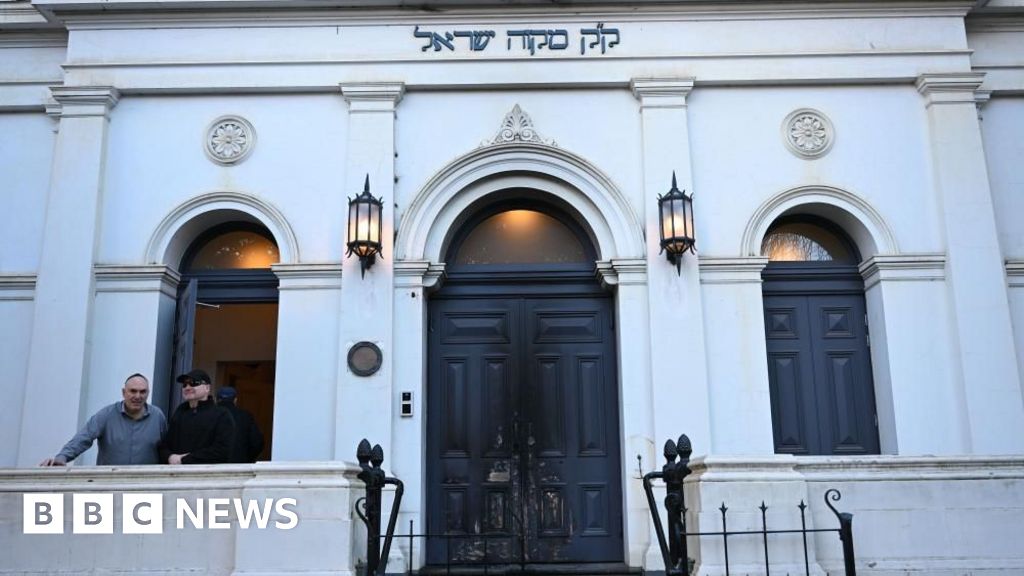Technology readiness levels (or TRL levels, because repeating the last word of initialisms is common in English) is a metric commonly used by NASA to define how developed a technology for use on a mission is. These typically range from 1–9, with 1 being an idea in someone’s head, and 9 having been successfully flown on a mission.
One of the assessments of new projects that NASA does is a check of the TRL levels of its constituent components—those with a higher level get higher marks, since it is assumed that the technology necessary to get them ready will require less work.
So, sometimes, NASA and other organizations will sponsor smaller missions to work on a specific technology needed for one of its big flagship programs. That seems to be the approach from a team led by Keri Hoadley of the University of Florida, who recently laid out a mission concept for the Ultraviolet Type Ia Supernova CubeSat (UVIa).
According to their paper published on the arXiv preprint server, UVIa will have two primary mission objectives.
First, it will test ultraviolet sensing technology on future flagship missions like the Habitable Worlds Observatory. Second, it will help collect data on the UV profile of Type Ia Supernovae, allowing upcoming supernovae-seeking telescopes, like Vera Rubin or Nancy Roman, to have better calibration data for what they’re looking for when they come online.
Since one of the primary mission goals is technology demonstration, what technologies are being demonstrated as part of UVIa? Two main ones—a novel type of UV detector and a new mirror coating—are being demonstrated.
The novel UV detector uses a CMOS imaging sensor with a metal dielectric filter embedded in it. These combined features increase the “quantum efficiency” (QE) of the sensor by a factor of almost four. In layman’s terms, the QE is the percentage of UV light that is actually translated into electrons that the sensors can read.
A typical CMOS detector without the filter embedded in it only has about a 12% QE, whereas the novel type of sensor on UVIa would have an estimated QE of 40%.
Mirror coating might not sound like an exciting technology to test, but it plays a significant role in UVIa’s mission. These coatings are made out of a multi-layer thin film coating of aluminum fluoride and lanthanum fluoride, laid down using atomic layer deposition. Their goal is to
Increase “red light rejection,” which involves rejecting essentially all the light to the left of the monitored UV bandwidths on the electromagnetic spectrum.
Supernovae have orders of magnitude brighter light in the visible light spectrum than they do in the UV, so the signals from the photons at those wavelengths can easily overwhelm the CMOS detector—therefore, the more of that light that can be filtered out before it hits the detector, the better, which is precisely where the mirror coatings come in.
But UVIa isn’t just about being a technology demonstrator. Its developers want it to do useful science as well. UVIa hopes to fill a data gap in UV measurements of Type Ia supernovae.
High-quality UV images of supernovae are hard to come by, and their emissions change rapidly based on their evolution. Getting a platform into space that can collect this data and respond quickly to any new supernovae that pop up is one of the key scientific considerations of the UVIa mission.
UVIa’s operators will turn its CMOS detectors to any new supernovae detected by a survey, most of which are on the ground and therefore cannot detect UV light. It will then use its data to provide calibration information, especially on distance, to upcoming larger UV missions, such as Vera Rubin and Euclid.
In doing so, it will also provide valuable data in its own right. UVIa hopes to do so over an 18-month primary mission and is designed to fit into a 16U CubeSat platform—or larger, as the paper’s authors point out.
That would put it into a category of helpful, relatively cost-constrained missions that would do exactly as advertised—test some new up-and-coming UV detection technologies while collecting data that will be useful for larger, more expensive missions later.
For now, UVIa doesn’t yet have any funding, let alone a planned launch date. But if NASA and its brethren space agencies are serious about collecting good UV data on supernovae, it would be worth considering this well-thought-out mission concept.
More information:
Keri Hoadley et al, The Ultraviolet Type Ia Supernova CubeSat (UVIa): Science Motivation & Mission Concept, arXiv (2025). DOI: 10.48550/arxiv.2502.11957
Citation:
A CubeSat to capture a supernova’s UV spectrum (2025, May 16)
retrieved 19 May 2025
from
This document is subject to copyright. Apart from any fair dealing for the purpose of private study or research, no
part may be reproduced without the written permission. The content is provided for information purposes only.



















